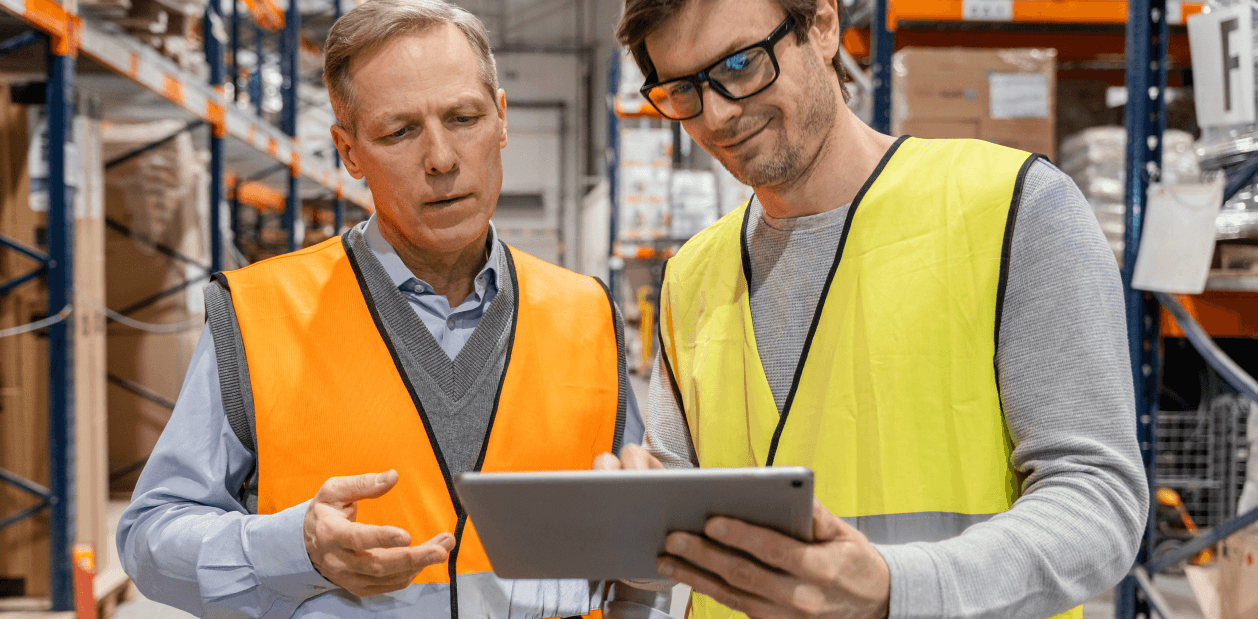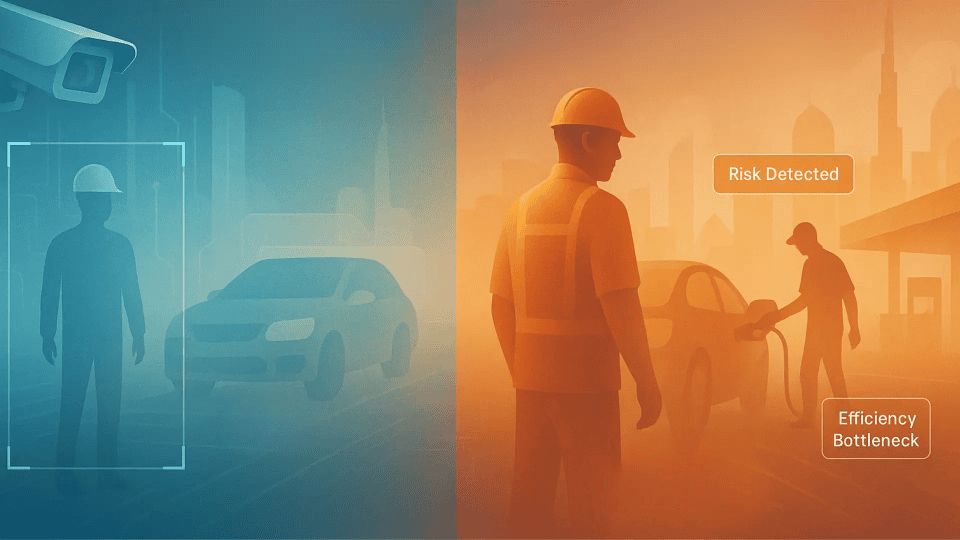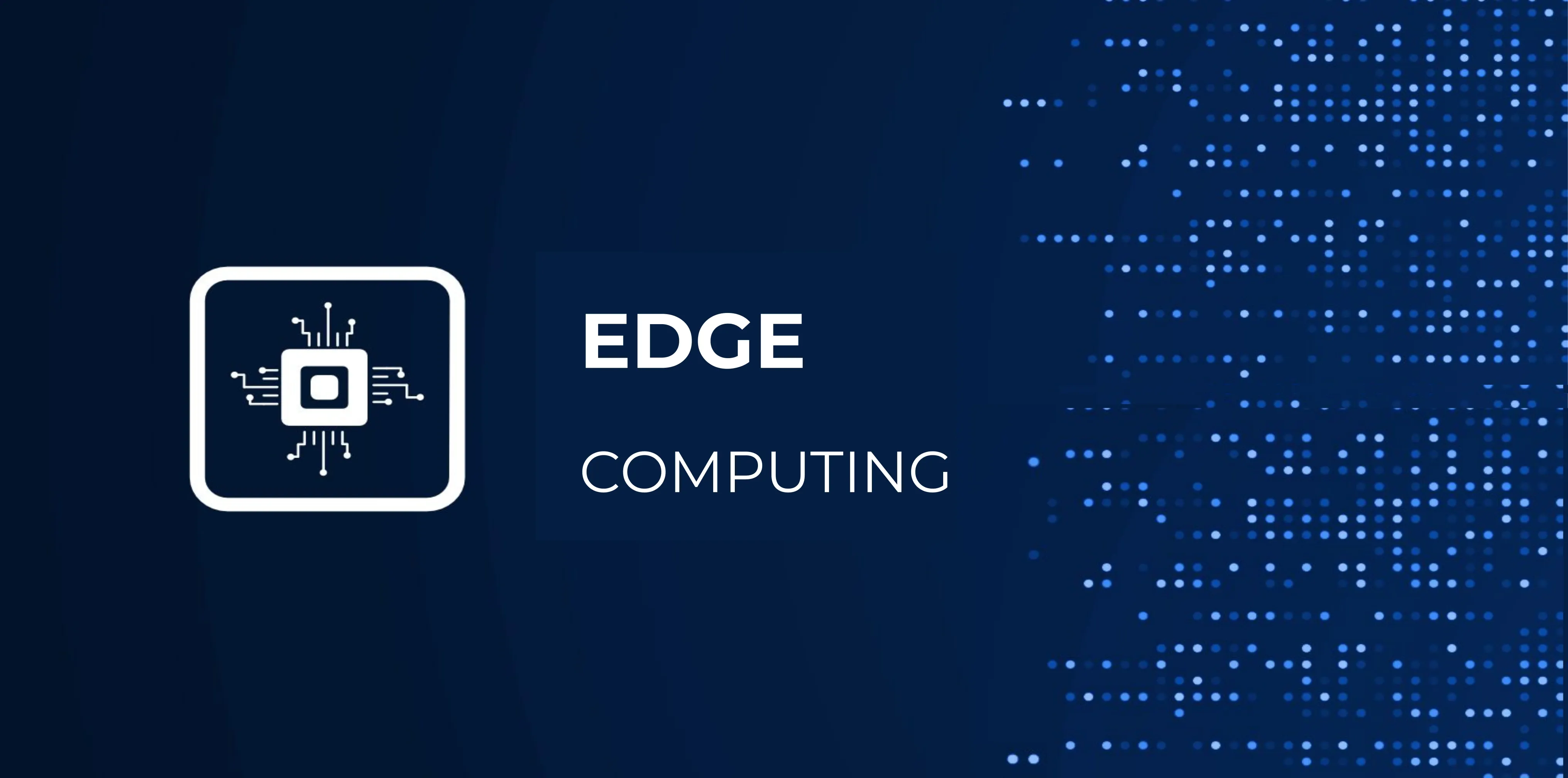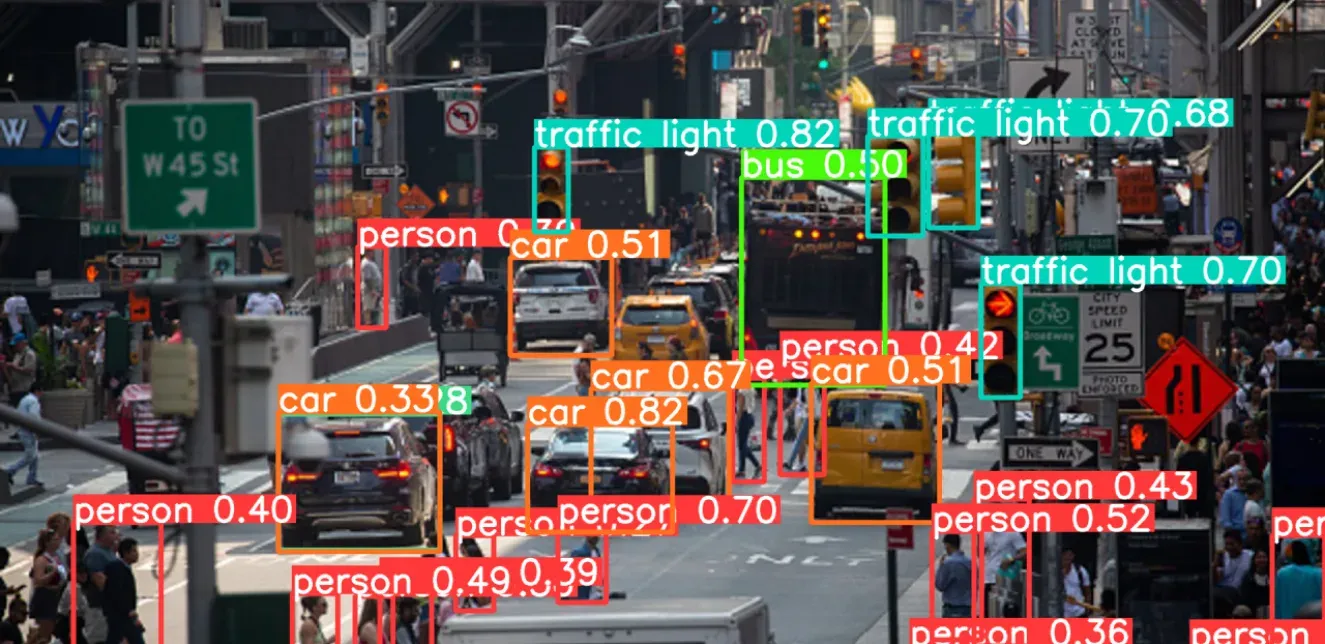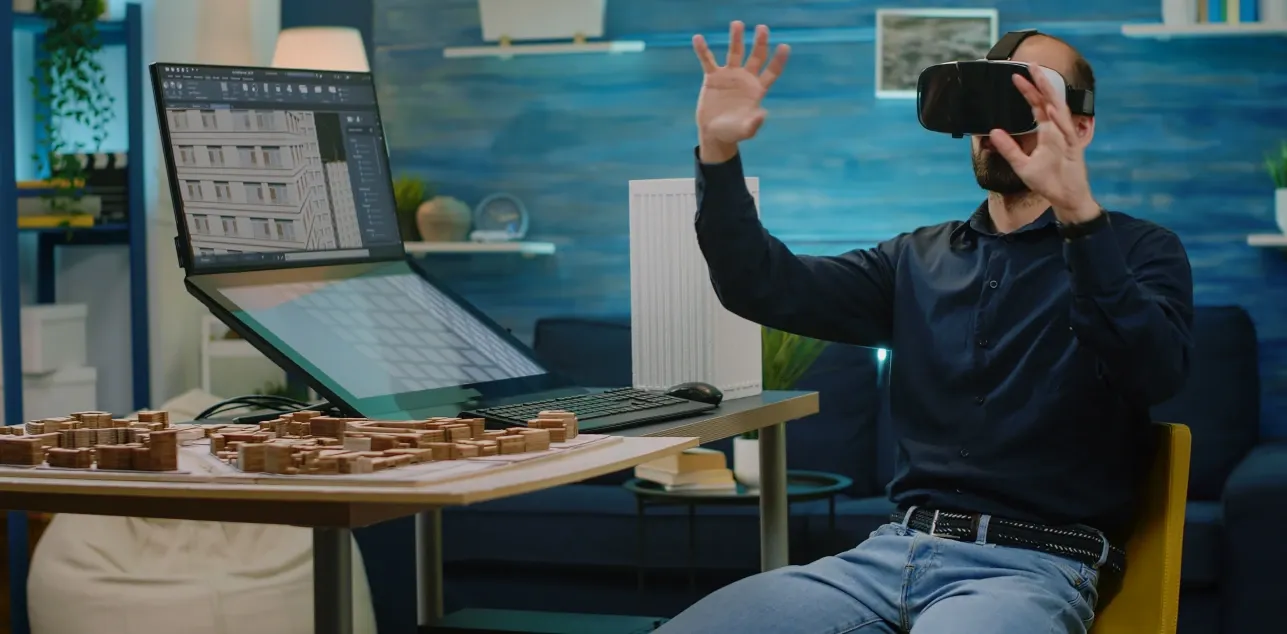Workplace incidents impose significant financial burdens, affecting business resilience. They lead to insurance liabilities, increased premiums, and higher expenses, straining company finances. Hidden costs like lost productivity, legal fees, and fines further highlight that workplace incidents are a serious economic concern.
It is estimated that, on average, workplace injuries have incurred a total cost of $167 billion annually. This includes $50.7 billion in wage and productivity losses, $37.6 billion in medical expenses, $54.4 billion in administrative costs, and $15.0 billion in uninsured costs, covering lost time by workers not directly involved in injuries and expenses related to injury investigation and reporting. Given historical trends, these costs are expected to increase in the coming years.
AI safety monitoring offers an advanced solution to reduce financial liabilities of human error utilizing computer vision technology. It detects unsafe activities and potential hazards before they escalate into accidents in real-time. By proactively addressing safety concerns, AI safety monitoring can minimize liability, lower insurance costs, and foster a safer work environment.
Below are the advantages of implementing AI video surveillance for workplace safety monitoring.
Savings on Insurance Costs and Liabilities
In industries like manufacturing and construction, strict regulatory compliance standards often mandate rigorous monitoring and documentation of operations. Using AI video analytics that leverages object detection and image recognition technologies, you can effectively detect unsafe activities, potential hazards, and machine malfunctions.
According to the Hong Kong Labour Department, approximately 23% of workplace accidents result from falls from heights, while 15% are attributed to machinery accidents. Contractors and construction businesses typically pay an average annual premium of around $825 for general liability insurance.
- ● Through real-time incident detection, potential hazards can be promptly averted, leading to reduced overall risk costs, workers’ compensation claims, and premium expenses. Such measures serve to safeguard your organization from false liability claims by providing indisputable evidence of incidents occurring on your premises.
- ● Real-time incident detection can reduce your other liabilities such as production loss, new employee’s training costs, administrative time, failure to fulfil orders, equipment management, economic loss to injured worker’s family, lost time by fellow employees and many more. AI video surveillance solutions have been projected by organizations to identify patterns in workplaces and they have potentially decreased workers’ compliance claims by as much as 23%.
- ● Construction companies employing visual AI surveillance systems to prevent workers from entering danger zones or restricted areas have seen substantial reductions in workplace injuries. They can instantly notify workers and management about potential hazards, thereby preventing accidents before they occur. Insurance costs in construction projects can include project-specific insurance premiums, medical expenses, sick leave, and hospitalization and workers’ compensation insurance, which contractors are required to carry.
A detailed analysis reveals that the most common construction insurance programs include personal accident and workers’ compensation insurance, third-party liability insurance, contractors’ all risks insurance, and employer’s liability insurance. By reducing the accident rate, visual AI surveillance can significantly lower these insurance costs. For instance, with AI surveillance, the accident rate for incidents such as being cut or caught in machinery or vehicle crashes can be reduced from 30% to less. This reduction in accidents not only decreases the direct costs of injuries but also minimizes the indirect overhead costs borne by the injured worker and their family by more than 70%.
Reduces Downtime and Increases Productivity
Computer vision technology extends beyond object detection tasks, analyzing the physical behavioral patterns to identify various harmful actions and potential safety risks.
- ● AI video surveillance technology identifies analyzes facial expressions and eye movements to detect signs of fatigue or drowsiness among employees. This helps to prevent accidents caused by impaired alertness.
- ● It analyzes unsafe behaviors such as improper posture during heavy lifting, activities like failure to wear PPE and monitors unusual activities in restricted areas.
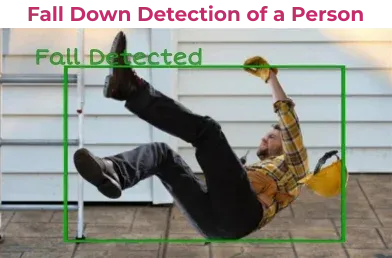
- ● Furthermore, computer vision technology offers solutions for detecting theft, vandalism, and other security threats in the workplace. Facial recognition capabilities enhance security measures by identifying unauthorized individuals, while behavioral analysis ensures continuous monitoring for suspicious activities.
- ● Real-time alerts enable swift responses to security incidents, and computer vision footage serves as evidence for investigations and law enforcement purposes, aiding in the prosecution of perpetrators. Hence, these capabilities empower organizations to enhance security measures, protect assets, and safeguard personnel against various security threats.
- ● Behavioral monitoring also helps identify inefficiencies and streamline workflows by analyzing employee behaviors and interactions with equipment or machinery. By optimizing processes and reducing downtime caused by accidents or equipment failures, you can improve productivity and reduce operational costs.
Mitigates Legal and Regulatory Risks
Utilizing AI video surveillance with computer vision technology can help you avoid costly legal disputes and regulatory sanctions by ensuring compliance with safety regulations and standards. For instance, in manufacturing or construction industries subject to regulatory requirements, failure to comply with safety standards can lead to hefty fines, penalties, and legal expenses. By implementing AI video surveillance systems that continuously monitor for compliance issues, such as proper use of personal protective equipment (PPE) or adherence to safety protocols, you can proactively identify and address potential violations before they escalate into legal liabilities.
For example, AI video surveillance can detect instances of workers not wearing required safety gear in hazardous environments, prompting safety managers for taking immediate corrective action to mitigate risks and ensure compliance. By demonstrating a commitment to safety through proactive monitoring and risk mitigation, you can effectively mitigate legal and regulatory risks, avoiding costly disputes and sanctions.
The integration of AI video surveillance, powered by computer vision and object detection technologies, plays a pivotal role in optimizing safety protocols and reducing liabilities for businesses. This enables you to proactively mitigate the risks of workplace accidents, injuries, and security threats, thereby safeguarding employees and assets while enhancing operational efficiency. Moreover, AI video surveillance facilitates compliance with regulatory standards, reduces downtime, and improves productivity, resulting in tangible business benefits and cost savings.
Discover the transformative potential of AI integration in your operations with our advanced visual AI services and seamless AI integration services. Improve workplace safety, efficiency, and compliance while learning new avenues for business growth. Reach out to us today to embark on your journey towards a safer, smarter, and more successful future.
